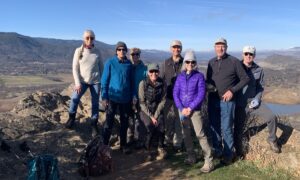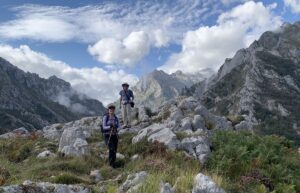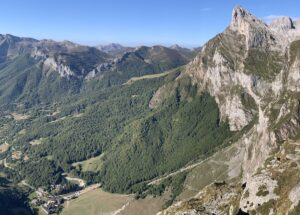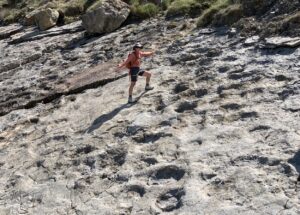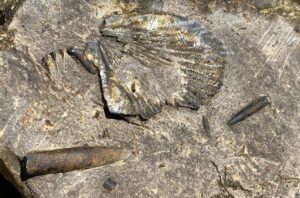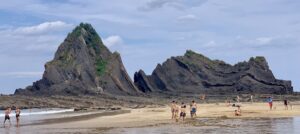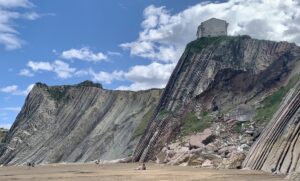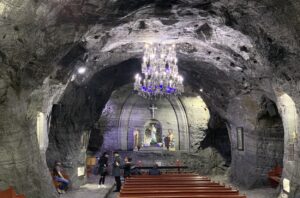Welcoming 2024 on Songer Butte, Ashland
Happy 2024—may we greet its challenges with peace and optimism. And what better way to bring in the new year, and focus on the positives, than to get out into nature. This post will highlight some of the geologic features that are visible from Songer Butte, where our Ashland Hiking Group went on New Years Day. Songer Butte is located...
Trekking in Los Picos de Europa
We completed a 10-day trek in Los Picos in early September—arriving in Arenas de Cabrales on 3 September, trekking from 4–13 September, and continuing onward from Arenas on 14 September. It was a self-guided trip. We worked with a company called Natural Adventure, who made our lodging reservations and provided us with apps, maps, and other information we used to...
Los Picos de Europa—a history of collisions
We now travel farther back in time to the Paleozoic Era when Los Picos de Europa (the Peaks of Europe) were formed in a series of sedimentary basins that were later deformed and uplifted during two major collisions between continents. This post focuses on the geologic history of Los Picos and my next post will focus on the 10-day trek...
The Jurassic (dinosaur) coast of Asturias: Part 2
For three amazing days in early September, we went dinosaur hunting along the Jurassic Coast in northern Spain. We were seeking the tracks of dinosaurs that inhabited this coastal region around 155–145 million years ago, and we found a lot! An example of what we found. Left photo: Jay's foot in the ~150 million-year-old footprint of a dinosaur. Right photo:...
The Jurassic (dinosaur) coast of Asturias: Part 1
The Jurassic Coast in northern Spain is located in Asturias between the autonomous communities of Galicia (to the west) and Cantabria (to the east). The Jurassic Period is the middle part of the Mesozoic Era, extending from ~200–145 million years ago. So we are going back in time more than 35 million years from the time period recorded in sediments...
A tour through the Basque Geopark flysch
My previous post provided background information, including location map, about the Basque Coastal Geopark (https://landscapes-revealed.net/the-basque-geopark-60-million-years-in-20-km/). This post provides more details about this extraordinary sequence of sedimentary rocks called "flysch" (pronounced "flish"). When you are in the Geopark, you will constantly see this word. The fancifully-decorated FLYSCH sign is advertising "Guided activities during all of the year". The boats for guided...
The Basque Geopark—60 million years in 20 km
Clearly, I did not find time to post any more blogs during our travels in northern Spain. The upcoming posts will follow a geologic time scale—from younger to older—rather than the chronology of our travels. This post focuses on a sequence of sedimentary rocks that were deposited between 110 and 50 million years ago, during the Cretaceous and Paleogene Periods....
Catedral de Sal—underground church in an active salt mine
My last post presented evidence that Colombia's Eastern Cordillera was covered by a shallow sea during the Cretaceous Period: https://landscapes-revealed.net/marine-fossils-in-colombias-eastern-cordillera/. This post presents more evidence for an oceanic setting—thick salt layers that were deposited in a shallow sea where high rates of evaporation caused water to evaporate and salt crystals to build up many layers over time. Zipaquirá salt mine...
About the Blogger
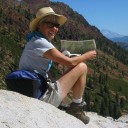 Karen (here with Mt. Shasta in background) is a geology professor emerita who aims to provide a "pocket geologist" for world travelers. Follow the blog to explore the landscapes of our planet and figure out what causes them to look the way they do.
Karen (here with Mt. Shasta in background) is a geology professor emerita who aims to provide a "pocket geologist" for world travelers. Follow the blog to explore the landscapes of our planet and figure out what causes them to look the way they do.


